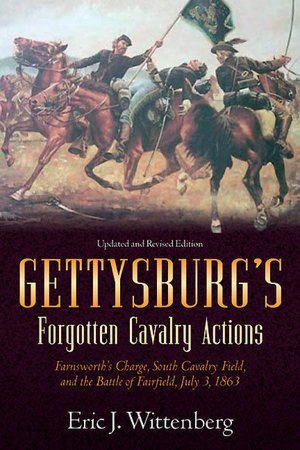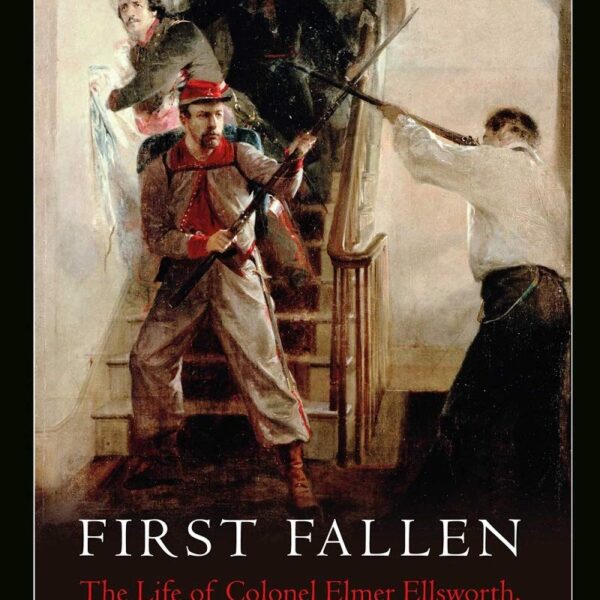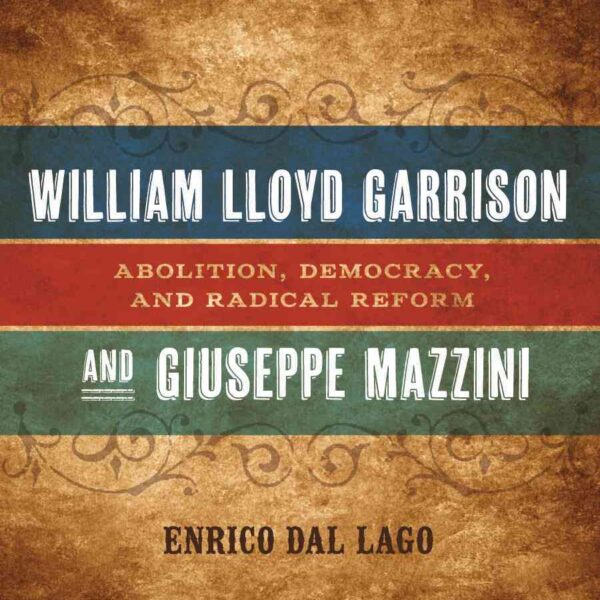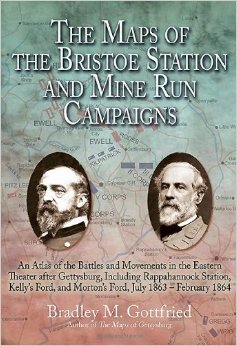The Battle of Petersburg, June 15-18, 1864 by Sean Michael Chick. Potomac Books, 2015. Cloth, ISBN: 978-1612347127. $39.95.
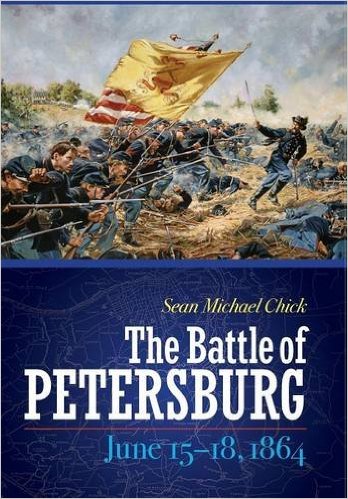 The combat east of Petersburg, Virginia, between June 15 and 18, 1864, “shows two titanic commanders of war, Grant and Lee, at their absolute worst” (369). Thus concludes Sean Michael Chick, whose expanded master’s thesis at Southeastern Louisiana University is the first study of these four fateful days since Thomas Howe’s groundbreaking Wasted Valor, published in 1988.
The combat east of Petersburg, Virginia, between June 15 and 18, 1864, “shows two titanic commanders of war, Grant and Lee, at their absolute worst” (369). Thus concludes Sean Michael Chick, whose expanded master’s thesis at Southeastern Louisiana University is the first study of these four fateful days since Thomas Howe’s groundbreaking Wasted Valor, published in 1988.
Chick freely confesses that his work is merely an attempt to “present Howe’s story with more flourish and attention to tactics and nonmilitary matters” and, to a large degree, he succeeds. His four central chapters provide a detailed and lively tactical account of each of those four June days, which he provocatively places within the Overland Campaign rather than as the commencement of the Petersburg operations, during which an ever expanding Army of the Potomac attempts to conquer the outmanned but well-managed Confederates under General P.G.T. Beauregard. The federal failure to do so—an outcome that Chick largely ascribes to shortcomings in the generalship of Ulysses S. Grant—led to more than nine more months of grinding warfare before Petersburg at last succumbed and with it, in short order, the Army of Northern Virginia.
Unfortunately, most of the virtues of Chick’s study end with his spritely battle narrative. He bases his work almost exclusively on regimental histories, published memoirs, and articles from veterans’ magazines. While these sources are useful and sometimes indispensable, the lack of manuscript research to corroborate the recollections of soldiers penned several decades after the war detracts from the credibility of Chick’s version of events (although in broad strokes his interpretation is accurate and similar to that of Howe’s). Equally troubling is the author’s penchant for making undocumented assertions of fact and interpretation. Often, explicit statements go unsourced. Moreover, Chick insists on citing secondary titles for direct quotations rather than informing readers of the original documentation. All of this undermines the scholarship that informed his narrative. Small factual errors pepper the pages, few of which are particularly significant, but cumulatively, they compromise confidence in the author’s grasp of the material. Poor editing, the fault of the publisher as much as the author, further disappoints. Readers might be mystified as to why Chick insists on referring to ordnance as “artillery guns.”
More than one-third of the book, comprising the opening and closing pairs of chapters, provides context for the four days of fighting at Petersburg and perspective on its consequences. These one-hundred seventy pages might easily have been reduced by a factor of five. Understanding the author’s focus on the opening offensive at Petersburg certainly does not require an extensive review of the war in the East from Gettysburg to Cold Harbor. Nor does Chick’s chapter on the remainder of the Petersburg Campaign, sprinkled with misapprehensions and factual miscues, require such a lengthy treatment. This extraneous material detracts from more than it adds to the monograph’s value.
Readers will also be struck by a plethora of extravagant conclusions regarding the commanders, their decisions, and the performance of units during the June 15-18 actions. For example, we are told that Benjamin Butler acted out of “debilitating paranoia” (203); that Robert E. Lee’s failure to dispatch the bulk of his army to Petersburg on June 17 bordered on the “ludicrous” (240); and that the admirable but all but anonymous defensive stand made by Colonel John Thomas Goode’s brigade on June 18 “ranks among the most heroic and effective of the entire war” (257). Such liberal use of hyperbole stretches credulity.
No figure emerges more tarnished in Chick’s narrative than Grant. The Union general-in-chief, to be sure, deserves a measure of criticism not always dispensed for his actions during Petersburg’s opening conflict. As Chick rightly illuminates, it was Grant’s poor communications with his subordinates that handicapped the cooperation and alacrity with which William Smith, Winfield Scott Hancock, and George Meade went about the business of capturing Petersburg on June 15. The Union commander remained strangely detached from the battle, seemingly content with his unchallenged crossing of the James while Meade attempted to exploit that accomplishment, understanding it as a means to an end. Perhaps, as Chick asserts, these days applied “a nasty blotch on Grant’s record” (2), but to accuse Grant of being “a glory hound,” (25) and possessing “a subtle kind of arrogance” and “an insipid favoritism” (20) requires a bit more substantiation than is provided.
Lee appears only slightly more favorably. The author takes the Confederate leader to task for failing to decipher Grant’s decision to target Petersburg, even though Chick quite perceptively acknowledges that Beauregard’s communications left Lee confused and uncertain as to the whereabouts of the blue clad corps. Despite this fundamental flaw, Beauregard emerges as the unsung hero of the battle, while Lee is faulted for exercising what might logically be considered reasonable judgment considering the circumstances he confronted at the time, hindsight notwithstanding.
The book contains many helpful illustrations and the accompanying maps, despite a few minor errors, are nicely rendered and useful in following the troop dispositions and geography provided in the text. Readers will particularly appreciate the biographical information that Chick includes when introducing the various commanders—some of whom relatively obscure—that play prominent roles in the fighting.
The Battle of Petersburg unquestionably contributes to our knowledge of the massive and underappreciated story of the long and arduous fighting around the Cockade City. Chick’s tactical chapters dealing with his primary subject, despite the reservations expressed above, should be mandatory reading for anyone wishing to gain a detailed understanding of how the combat unfolded between June 15 and June 18, 1864. Regrettably, sketchy scholarship, sweeping, unsubstantiated judgments, and factual hiccups leave this book only the second best treatment of its topic.
A. Wilson Greene is at work on a three-volume history of the Petersburg Campaign in the University of North Carolina Press’s Civil War America series.

